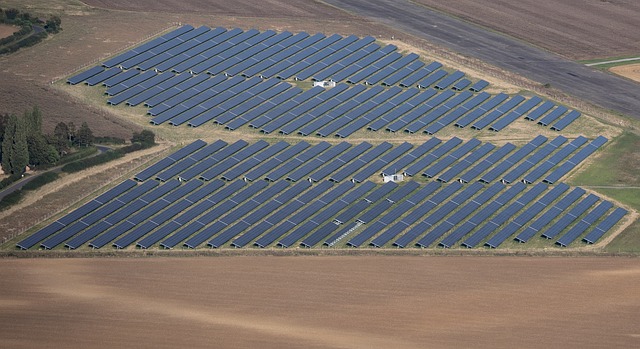Unfurling the Capacitive Universe: Touchscreen Technology Reimagined
In the world of touch screens, a new dawn is approaching. A blend of innovative materials, advanced engineering, and design is poised to revolutionize how we interact with our devices. This article delves deep into the realm of capacitive touchscreen technology, unmasking its historical evolution, current advancements, and future possibilities.

From Past to Present: A Brief History of Touchscreens
The concept of touchscreens dates back to the 1960s, when E.A. Johnson developed the first finger-driven touch screen for air traffic control systems. However, it wasn’t until the 1980s that the technology began to find its way into consumer electronics, notably in the form of resistive touchscreens. This early technology required physical pressure to register a touch, making it less responsive and limiting its use to single-touch interactions.
Fast forward to the mid-2000s, capacitive touchscreens began to take center stage. Unlike their resistive predecessors, capacitive touchscreens respond to the electrical charge produced by human touch, providing a smoother, more responsive user experience. The advent of capacitive technology heralded a new era of multi-touch interactions, paving the way for the pinch, swipe, and zoom gestures we now take for granted.
Touchscreen Technology Now: A Capacitive Revolution
The capacitive touchscreen technology we see today is largely based on projected capacitive touch (PCT) technology. PCT screens consist of a matrix of rows and columns of conductive material, layered on sheets of glass. This setup allows for precise tracking of the location of touch, enabling multi-touch functionality.
One of the latest advancements in this field is the development of in-cell technology. In this design, the capacitive touch sensors are incorporated into the display itself, rather than being a separate layer. This results in thinner, lighter, and more responsive screens, enhancing the user experience.
A Peep into the Future: What’s Next for Capacitive Touchscreens?
The future of capacitive touchscreens is brimming with possibilities. One exciting development is the rise of flexible touchscreens. Companies like Samsung and Royole have already made strides in this area with their foldable phones. This technology could transform the form factor of our devices, enabling screens to be rolled up or folded away when not in use.
Beyond flexibility, we can also expect touchscreens to become more immersive. Innovations like haptic feedback technology, which simulates the sense of touch, are set to make our interactions with screens feel more real than ever.
Cost Implication and Market Impact
The advancements in capacitive touchscreen technology have undoubtedly raised the bar for user experience. However, these improvements come at a cost. The price of touchscreen devices has seen a steady rise over the years, with premium smartphones now costing upwards of $1000.
Despite the high price tags, the market for touchscreen devices continues to grow. According to a report by Grand View Research, the global touchscreen display market size was valued at $146.5 billion in 2020 and is expected to grow at a compound annual growth rate of 8.2% from 2021 to 2028.
The Capacitive Universe Unfolding
The realm of capacitive touchscreen technology is undoubtedly exciting. From humble beginnings to the brink of a flexible, immersive future, this technology has transformed the way we interact with our devices. As we look forward to the next wave of innovations, one thing is certain: the capacitive universe is just beginning to unfurl.




